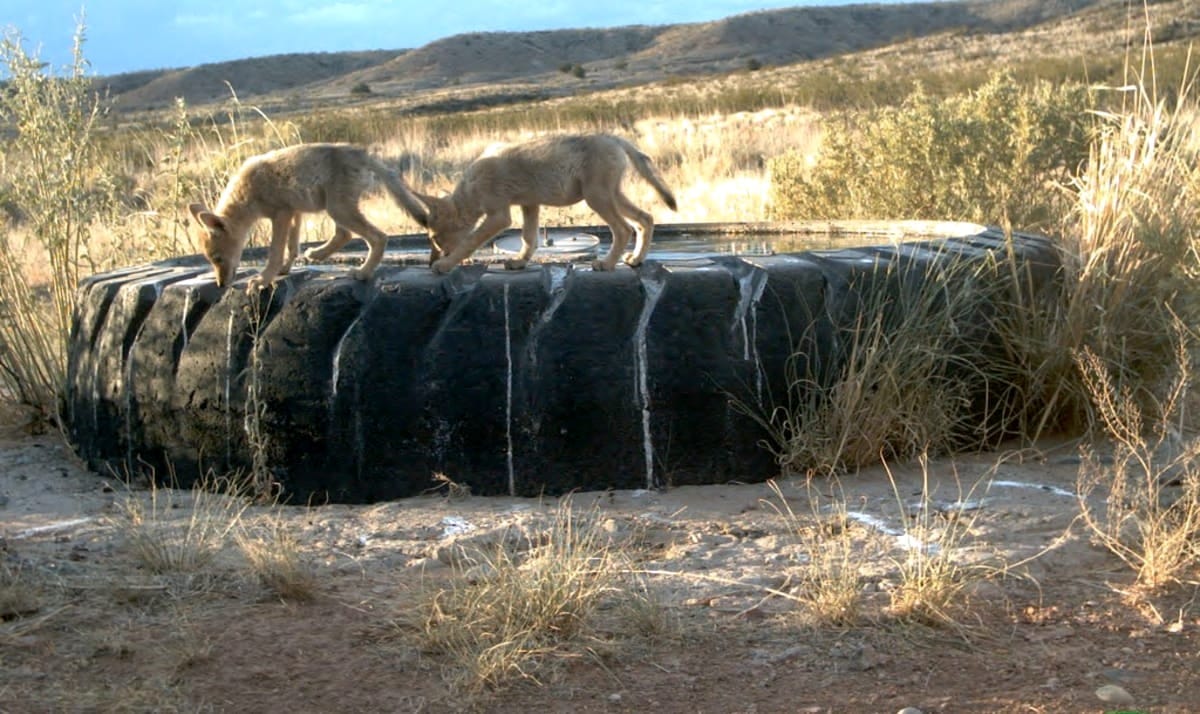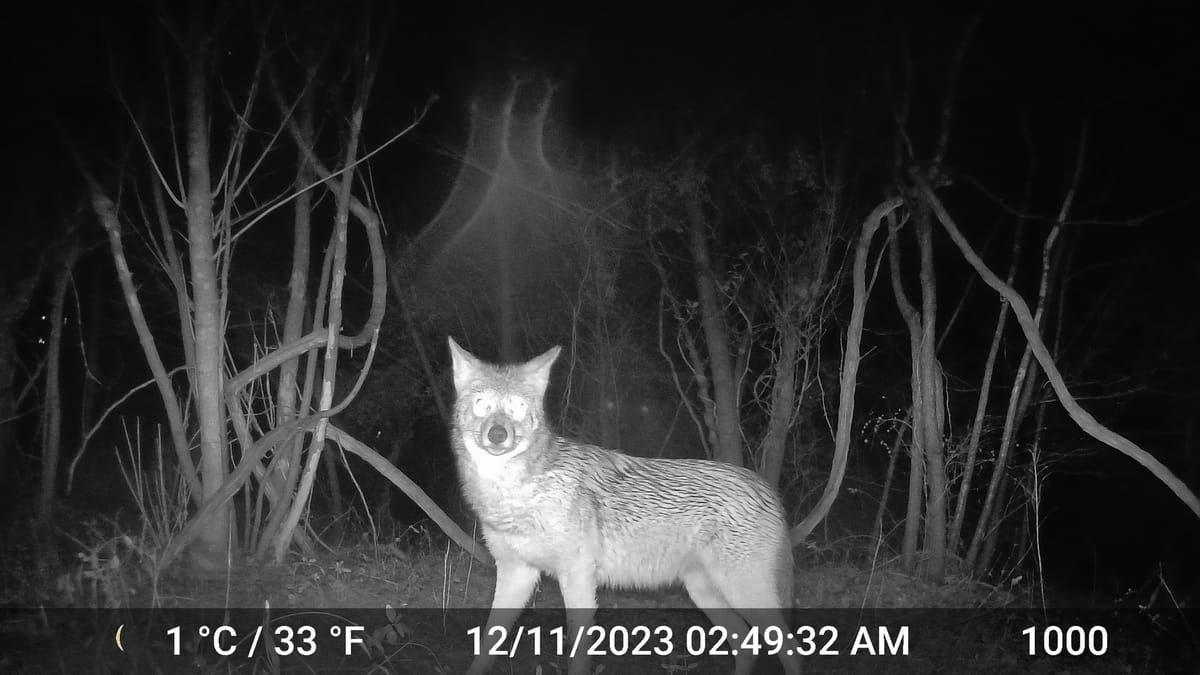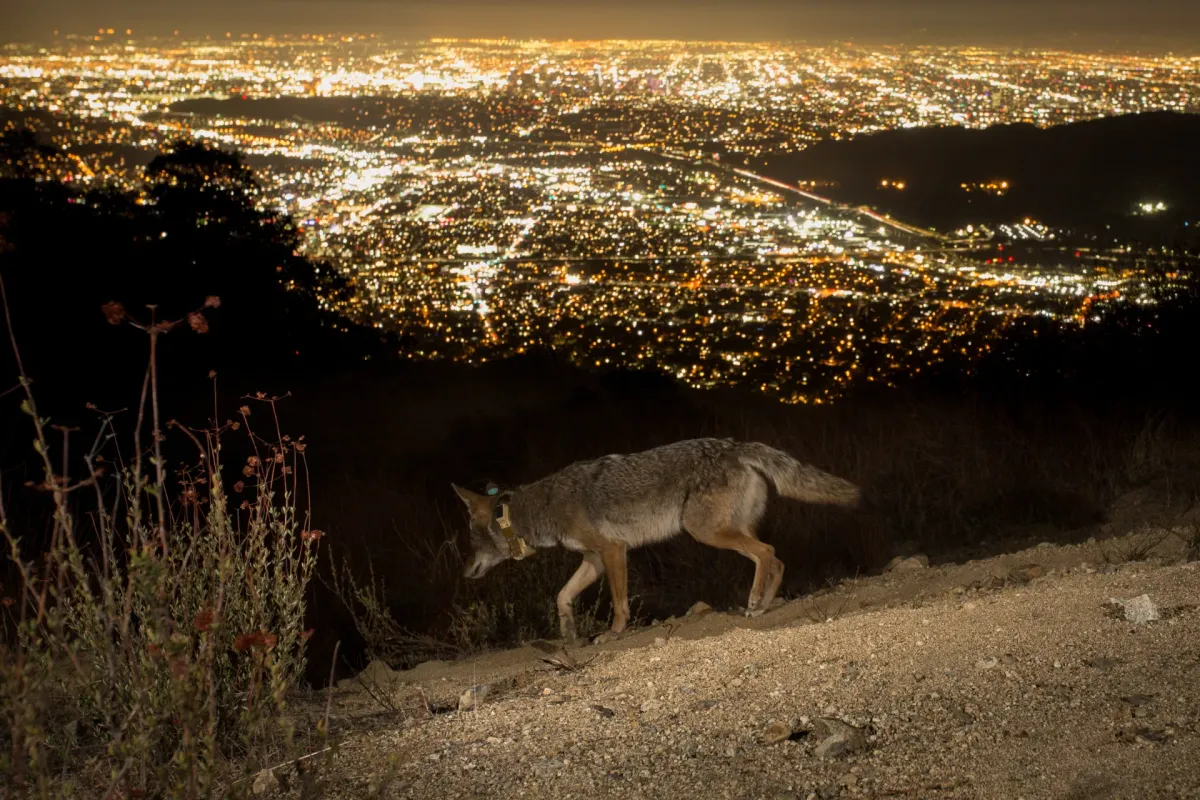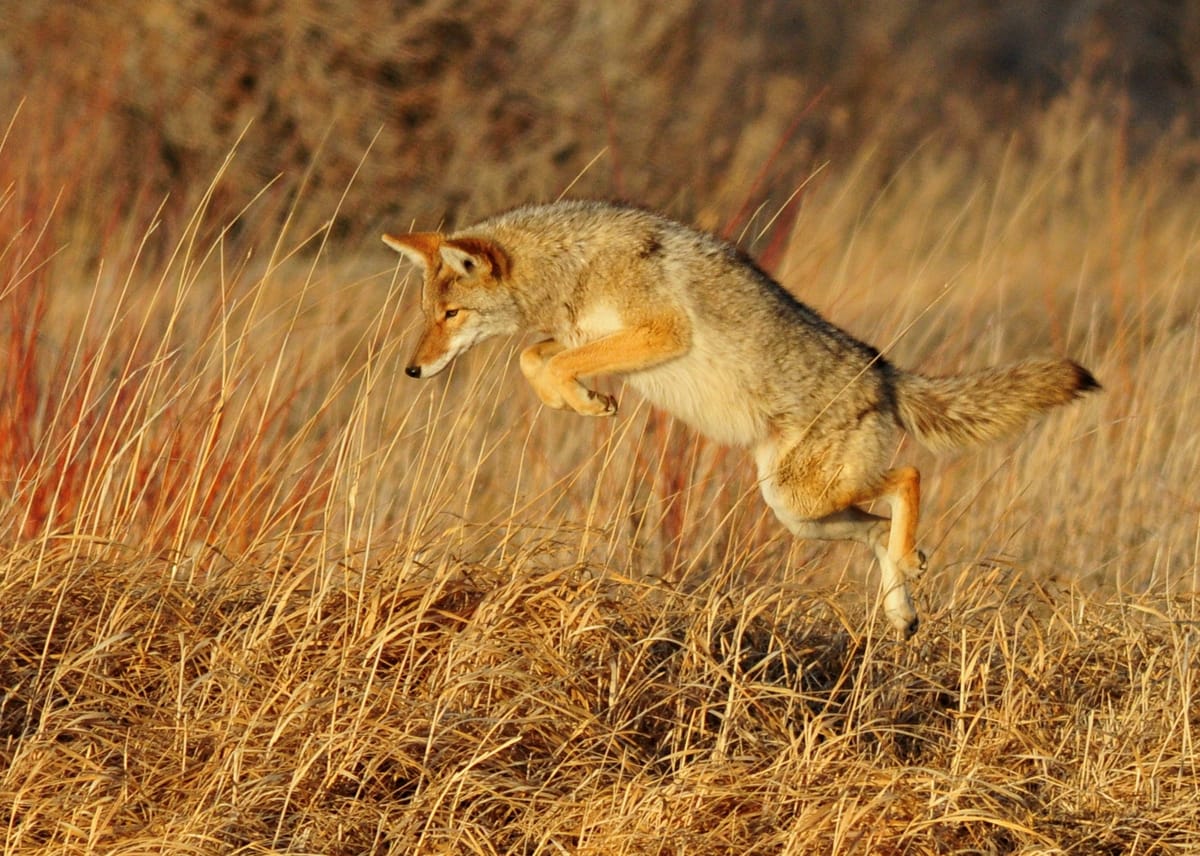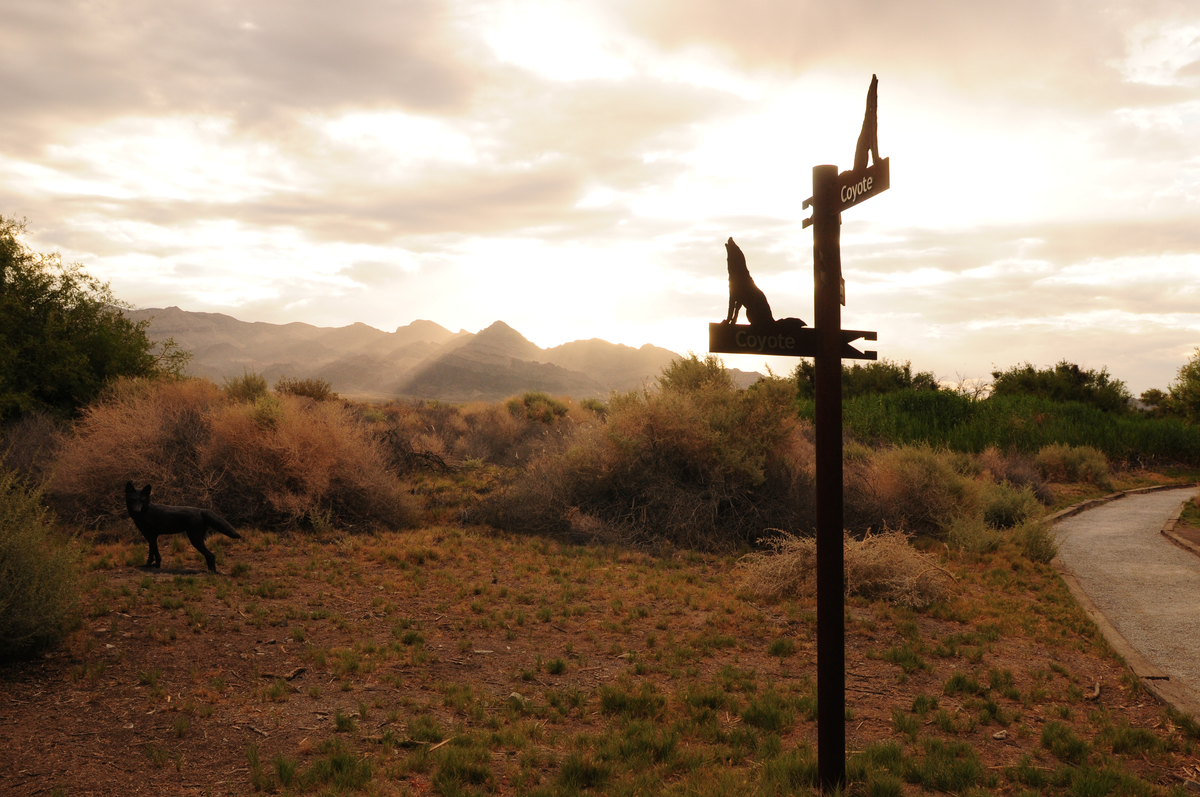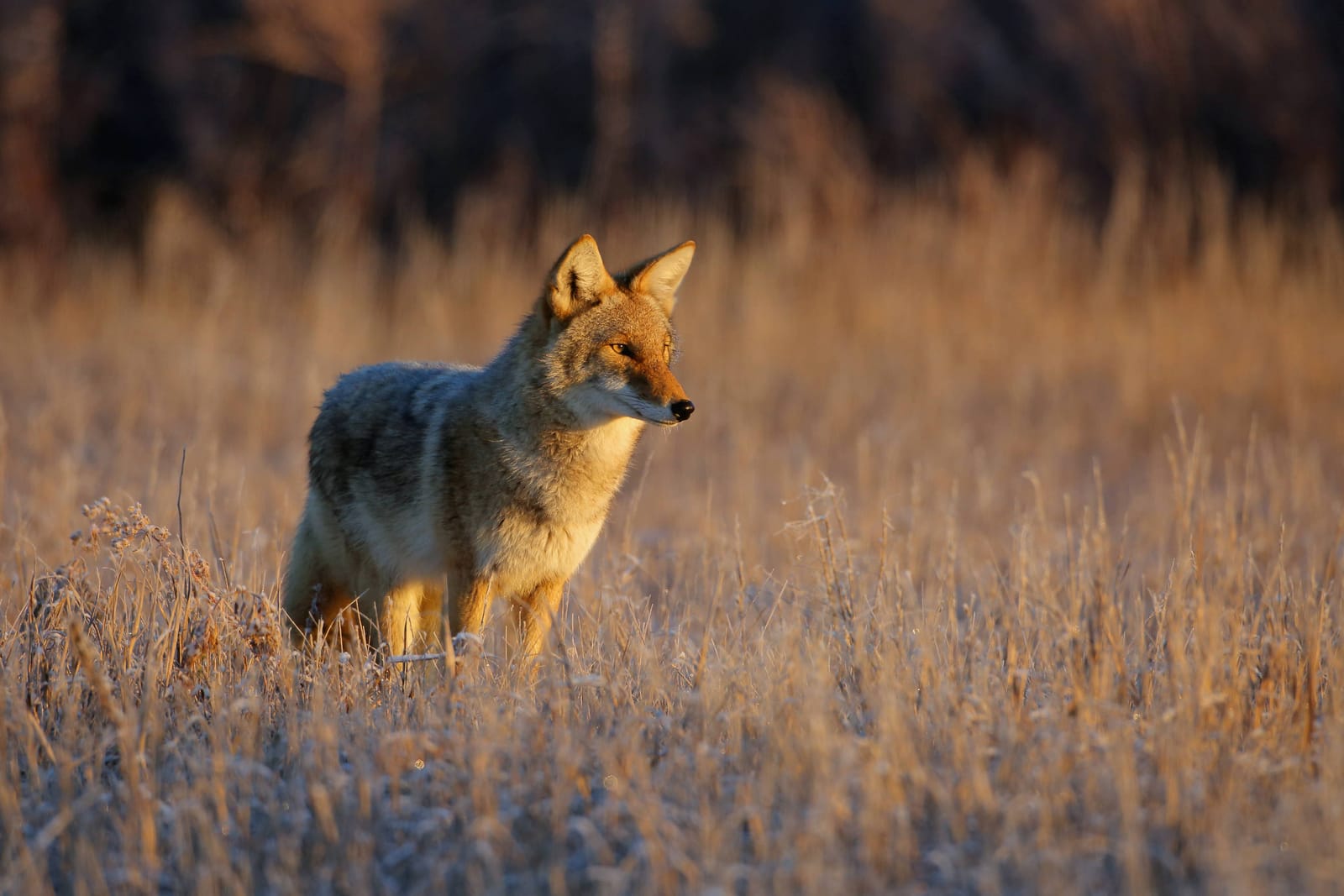Coyote management in California sits at the intersection of wildlife ecology, livestock protection, urban safety, and community coexistence. Unlike species with strictly regulated harvest seasons, coyotes are considered abundant and resilient, requiring a management approach that balances flexibility with responsibility.
The challenge is that coyotes thrive in nearly every California landscape — from deserts and ranchlands to dense urban neighborhoods. This adaptability means that statewide policies must address very different types of conflict: livestock depredation in rural areas, pet safety and nuisance issues in cities, and ecosystem concerns in wildlands.
Over time, California has shifted from an emphasis on broad lethal control toward a more integrated system that includes non-lethal tools, depredation permits, public education, and community-based programs.
Sources and References for Our Coyote Coverage
Our coyote hub is based on trusted resources from government agencies, universities, and peer-reviewed research. Explore the full list below:
- National Park Service (NPS) – Coyote Information Page
- California Department of Fish & Wildlife (CDFW) – Wildlife Incident Reporting (WIR) System
- California Fish & Game Commission – Nongame Animal Regulations
- UC IPM – Pest Notes: Coyotes
- USDA APHIS – Wildlife Damage Management Technical Series: Coyotes (PDF)
- Project Coyote – Be Coyote Aware Flyer (PDF)
- California Department of Fish & Wildlife / Human–Wildlife Conflict Program – Coyote Management Plans and Wildlife Watch (PDF)
- California Department of Fish & Wildlife – Coyote Range Map (PDF)
- UC ANR – Publication 8598: Livestock Protection Tools for California Ranchers (PDF)
- Scientific Reports (2024) – Urban coyotes in southern California show adaptations to anthropogenic landscapes and activity patterns
- Ecology Letters (2025) – Environmental Health and Societal Wealth Predict Movement Patterns of an Urban Carnivore
Legal Status of Coyotes in California
Coyotes are classified under California law as nongame mammals. This designation provides broad flexibility for take but also comes with important regulatory boundaries:
- Year-Round Take Permitted: Coyotes may be taken at any time of year, in any number. There are no bag or possession limits, unlike regulated game species.
- Methods of Take Restrictions: Poisons are strictly prohibited. Certain recorded or electronic calls may be used, but only for coyotes, bobcats, American crows, and starlings. Traps and dogs are subject to specific limitations under state law.
- Night Hunting Restrictions: In designated regions of Central and Southern California, coyotes may not be taken at night, except under limited conditions with landowner permission.
- Contest Restrictions: Offering prizes or rewards for taking nongame mammals, including coyotes, in contests or tournaments is prohibited.
- Distinction from Furbearers: Coyotes are not managed as furbearers (e.g., bobcats, beavers), meaning their take does not require trapping licenses or seasons.
This legal framework reflects California’s view of coyotes as abundant, resilient, and outside of traditional hunting regulation, while still ensuring restrictions on inhumane or ecologically harmful methods. It forms the baseline for depredation permits, livestock protection strategies, and community-based management programs across the state.
Depredation Permits & Lethal Control
When coyotes cause verified property damage, California law allows landowners to seek a depredation permit from the Department of Fish & Wildlife.
- Permit Process: A depredation incident must first be reported through the Wildlife Incident Reporting (WIR) system. CDFW investigators verify the damage and, if appropriate, issue a permit allowing targeted removal of the problem coyote(s).
- Reporting Requirements: Permit holders must document and report all animals taken. If no coyotes are removed, a “zero take” report is still required when the permit expires.
- Lethal Control in Practice: Historically, lethal removal was the primary management tool for coyote depredation, with extensive use of trapping and poisoning in the early 20th century. Today, poisons are prohibited, and lethal control is limited to permitted take using firearms, traps, or other regulated methods.
- Limitations: Research shows that lethal removal is often ineffective as a long-term strategy. Coyote populations respond with compensatory reproduction (larger litters, higher pup survival) and rapid recolonization of vacated areas.
Lethal control remains a legal option, but it is now seen as a last resort within a broader toolbox of management strategies.
Non-Lethal Management Approaches
In recent decades, emphasis has shifted toward preventive and non-lethal tools, which are proving more effective at reducing long-term conflicts with coyotes.
Key strategies include:
- Guard Animals: Livestock guardian dogs, llamas, and donkeys deter coyotes by patrolling and aggressively confronting intruders.
- Fencing: Electrified or predator-proof fencing reduces depredation risk when well-maintained.
- Attractant Management: Securing garbage, removing carcasses, and managing livestock birthing areas are essential preventive steps.
- Hazing & Deterrents: Hazing coyotes in urban areas with loud noises, water sprays, or motion devices reinforces fear of humans.
- Temporary Tools: Devices like fladry (flagging on fences), lights, or noisemakers can reduce risk in high-pressure seasons such as lambing.
Non-lethal management not only protects livestock and reduces urban conflict, but also helps maintain coyotes’ ecological roles — controlling rodents and scavenging carrion. When paired with community education and coordinated action, these tools create long-term stability that lethal control alone cannot achieve.
Agency Roles & Responsibilities
Coyote management in California is a multi-agency effort involving state, federal, and local authorities, each with distinct responsibilities:
- California Department of Fish & Wildlife (CDFW)
- Oversees depredation permits, incident reporting, and wildlife enforcement.
- Provides public education through outreach materials and programs like Wildlife Watch.
- California Fish & Game Commission
- Establishes and amends regulations governing the take of nongame animals, including coyotes.
- Prohibits certain practices, such as poisoning and hunting contests.
- USDA Wildlife Services
- Offers technical support and direct intervention in cases of livestock depredation.
- Historically focused on lethal control, but now incorporates non-lethal methods as part of integrated wildlife damage management.
- County & Municipal Governments
- Can adopt ordinances or local policies on urban coyote management, often in partnership with NGOs.
- Play a key role in responding to public safety concerns in suburban and city settings.
This shared responsibility framework ensures flexibility, but it also requires coordination across jurisdictions to avoid inconsistent responses that undermine effectiveness.
Community-Based Programs
Local communities are increasingly taking the lead in shaping how people and coyotes coexist.
- Wildlife Watch: Modeled after Neighborhood Watch, this program trains residents to reduce attractants, report incidents, and apply consistent deterrence strategies.
- Project Coyote Outreach: The Be Coyote Aware campaign provides flyers, workshops, and online resources to educate the public on coexistence and hazing practices.
- Urban Initiatives: Cities such as Los Angeles and San Francisco have developed coyote management plans that combine public education, conflict response protocols, and community reporting systems.
- Education as Prevention: Communities that engage in proactive education see fewer severe conflicts, as residents better understand how to prevent habituation and protect pets.
Community-based programs highlight a shift in California policy from reactive control to proactive coexistence, emphasizing prevention and resident empowerment.
Research & Policy Integration
Scientific research in California is increasingly shaping how agencies and communities approach coyote management.
- Impacts of Coyote Colonization on Coastal Mammalian Predators documented how coyotes in Southern California adjust their activity patterns to avoid human conflict while exploiting urban food sources.
- Environmental Health and Societal Wealth Predict Movement Patterns of an Urban Carnivore found that environmental health and neighborhood wealth strongly influence coyote movement and conflict risk, suggesting that policy must also consider equity in urban planning.
- UC ANR & USDA APHIS: Provide practical data on livestock protection tools, showing that non-lethal strategies often outperform broad-scale lethal control in effectiveness and sustainability.
By integrating these findings, policymakers are moving away from outdated control strategies and toward evidence-based coexistence programs.
Future Directions in California Coyote Policy
California continues to evolve its coyote management strategies, with several likely trends:
- Greater emphasis on coexistence: Expansion of education campaigns and community programs.
- Strengthening restrictions on lethal practices: Potential for new limits on contests, night hunting, or indiscriminate removal methods.
- Urban planning integration: Designing green spaces and corridors with wildlife movement in mind, informed by recent research.
- Equity considerations: Addressing how infrastructure and socioeconomic disparities affect coyote conflicts in different neighborhoods.
These directions reflect a shift toward preventive, community-driven, and science-informed management rather than reliance on lethal suppression.
Conclusion
California’s coyote management is a model of complexity: it must address rural livestock losses, suburban safety concerns, and urban coexistence challenges — all while preserving ecological balance.
Coyotes’ legal status as nongame mammals allows flexibility in control, but the state increasingly emphasizes non-lethal strategies, community programs, and public education. With agencies, researchers, and communities working together, California is moving toward a future where coexistence is the standard, and conflict is minimized through prevention, not eradication.
Learn More About California Coyotes
